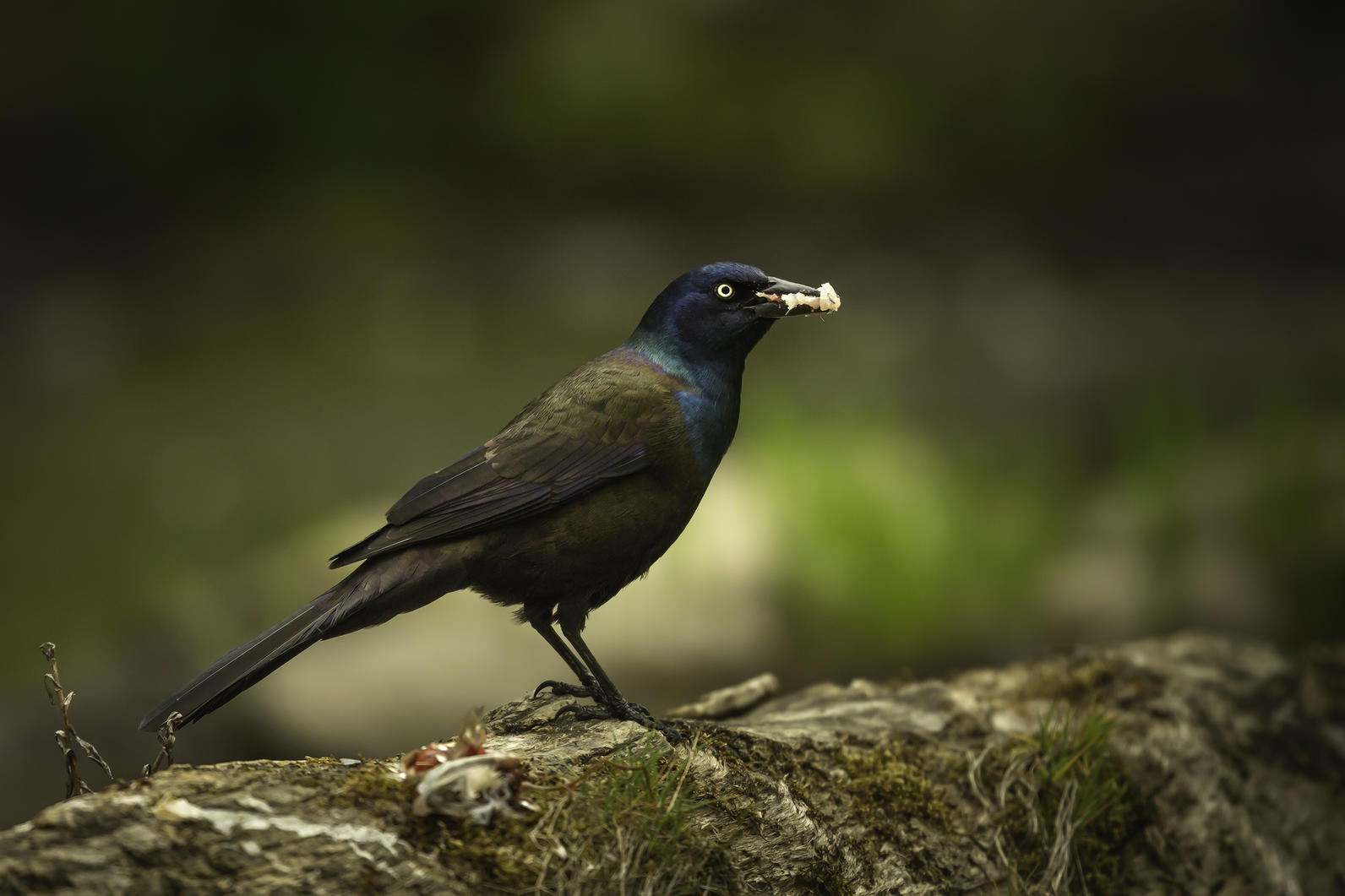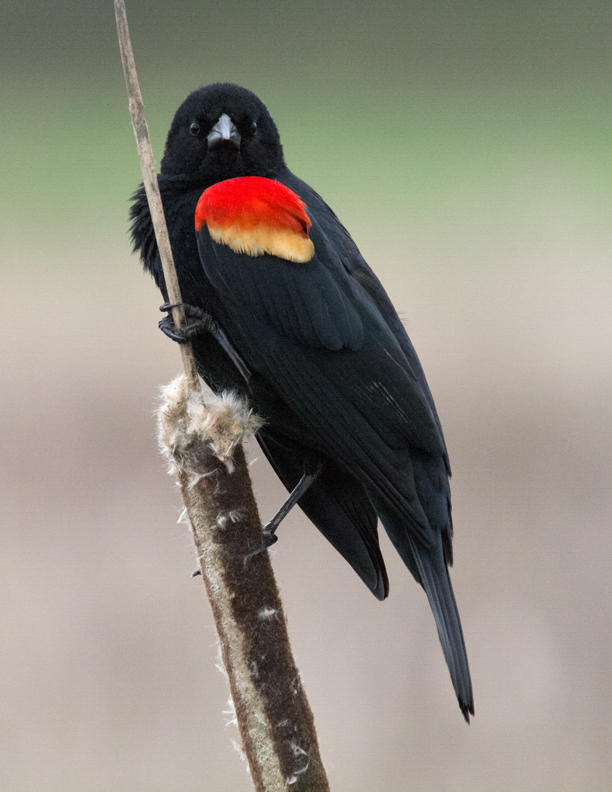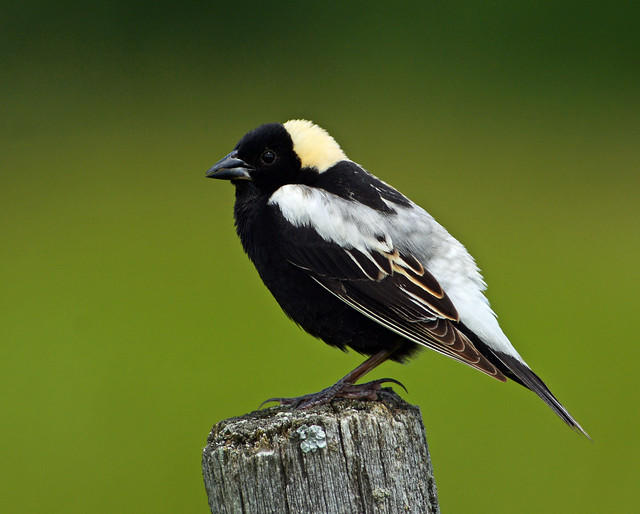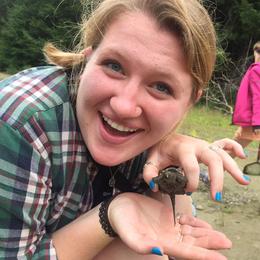I find myself saying “Birding is a lifelong skill,” more than I ever expected to since I started working at Audubon Vermont. I always knew it was true, but I had never seen it really take hold until this spring. I had the opportunity to teach a six-week course at Vermont Adult Learning in Burlington, where students were working on their high school completion program. Vermont Adult Learning provides basic skill instruction, high school completion, transition to college and career services, and English language instruction for New Americans. Their programs are free to students who are aged 16 and older and who lack a high school diploma or the equivalent skills. Every student who is registered receives an individual learning plan based on skills, interests, and learning style.
Over the six weeks with my ten students, we covered the basics of birding, which were put to the test during our last class, a visit to Dead Creek Wildlife Sanctuary in Addison, Vermont. During our first class, I asked everyone why they had signed up for the course. Unsurprisingly, many signed up because they needed the science credit, not because they loved birds. I could relate. I also took a birding course because I needed the credit, not because I liked birds, and look at me now, working for Audubon! Throughout the program we focused on birds that we encountered in Burlington. I wanted to start local to build their birding confidence. In the classroom, we covered field markings (wing bars, crests, spots, eye rings, etc.), bird songs and calls, and the habitats of Burlington birds. We then spent time outside walking through neighborhoods of Burlington, along the bike path, and through parks to see what birds we could spot and hear.

Our first time out birding we used only our eyes and ears, to get comfortable with the area, the information, and spotting birds. As the class progressed, we added field guides and binoculars, and the students led the journey. For all of the birds we saw, we identified the bird species and then tried to capture a photo. Using the app/online tool iNaturalist, we entered what species we spotted and uploaded the photos and location. iNaturalist is an online network of naturalists, community scientists, and biologists coming together and sharing their observations of the natural world all around the globe. Our class also uploaded photos of birds we couldn’t identify and others using the network assisted us in identifying the bird. Have to love community science!
As a final project each students created a bird presentation for the class - it could be in any medium, but it had to be about a bird. During one student presentation about bird habitat another student interjected, “Oooh, so this bird and the Red-winged Blackbird would live in the same place!” It was all coming together! We were all starting to make connections between birds and the places they need to survive. This sparked a conversation about our walks with family and friends and how we’re now pointing out all of the birds we can identify. Being the expert about something in their world gave the students a new sense of empowerment and confidence.

On our last day, we visited Dead Creek Wildlife Management Area, partially because it is an Important Bird Area (IBA), and also to get everyone out of the classroom and birding in a new and unique place. We spent our time walking along paths, stopping at any sight of movement or any birdsong or call. Students would see movement, direct the rest of the class to the area and we would work together to ID the bird. All of a sudden a student stopped, puzzled, and asked “What’s that robotic sound? Is that a bird?” I looked in the field: “Oh, Snap! It’s R2-D2!” My students looked at me as if I had eight heads and a bird on each of them. I guided them to where in the field I was looking and asked them to describe the bird’s field marks and find it in their bird guides. The students quickly figured out that it was a Bobolink! They thought it was super-cool that the song sounded just like R2-D2 (click here to play the song). And the sighting naturally brought up a conversation about Audubon’s conservation work to protect the Bobolinks and their nests during mowing season. You can talk to people about why birds are important and super-cool in a classroom, but there is something so special about seeing the bird firsthand in all of its beauty to solidify the connection.

As we were leaving, everyone was talking about the favorite birds they saw. A few students turned to me and said, “I never would have guessed I’d be talking about birding and be excited about it.” This prompted another student to say, “Yeah, guys, now we have this new flex,” which made me smile. Oh, the creativity of youth slang.
This program came full circle for me. I went into it saying, “Birding is a lifelong skill,” and telling them “Even if you only learn one bird, that’s one more bird then you knew before.” On that first day of class the students all gave me skeptical looks. Now they can ID more than a dozen birds by sight, even more by birdsong. And they understand the importance of habitat not only as a place to live, but as a place birds need to survive and raise their young. They all have this new “flex” – which I think is super-cool.





